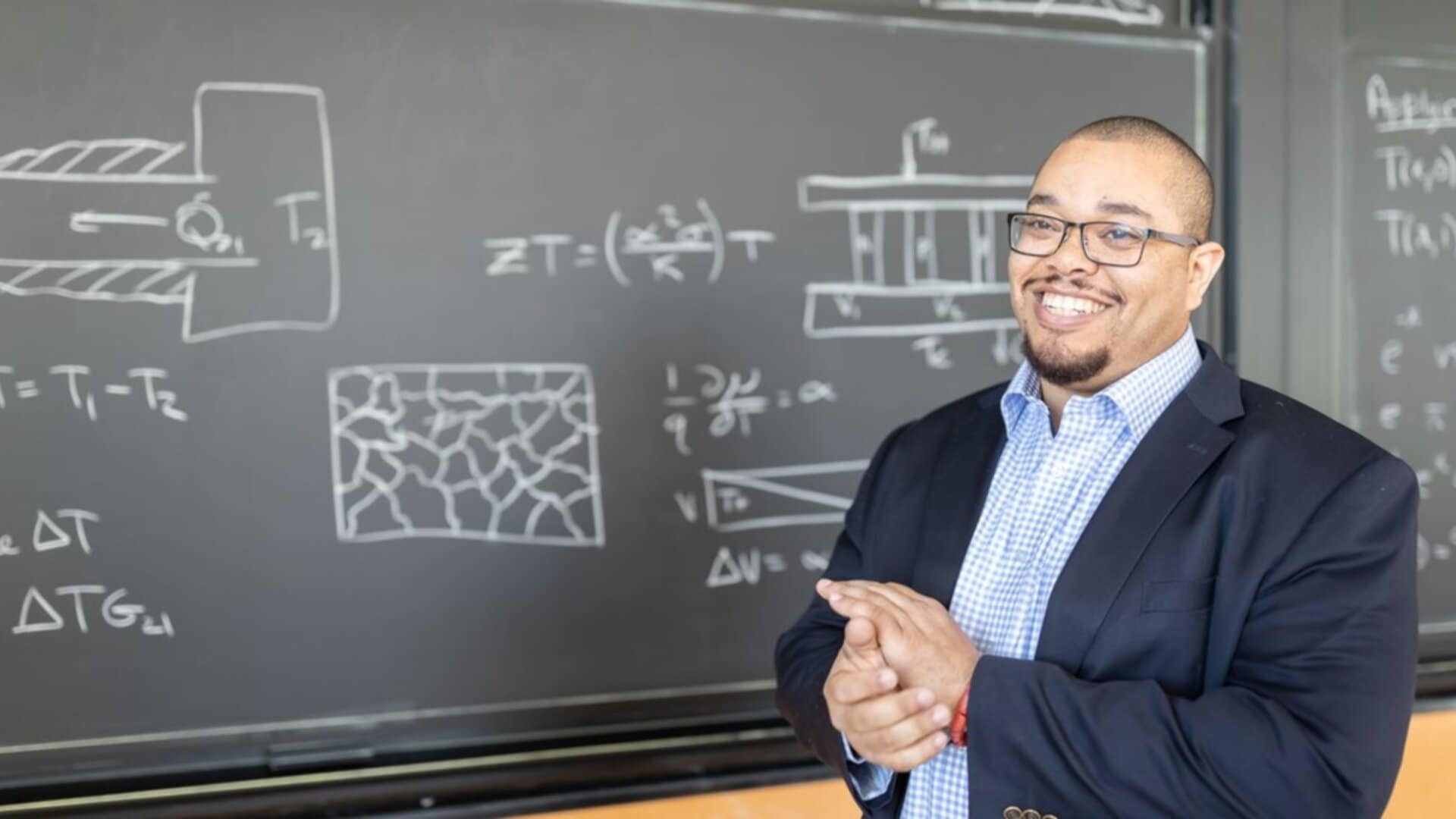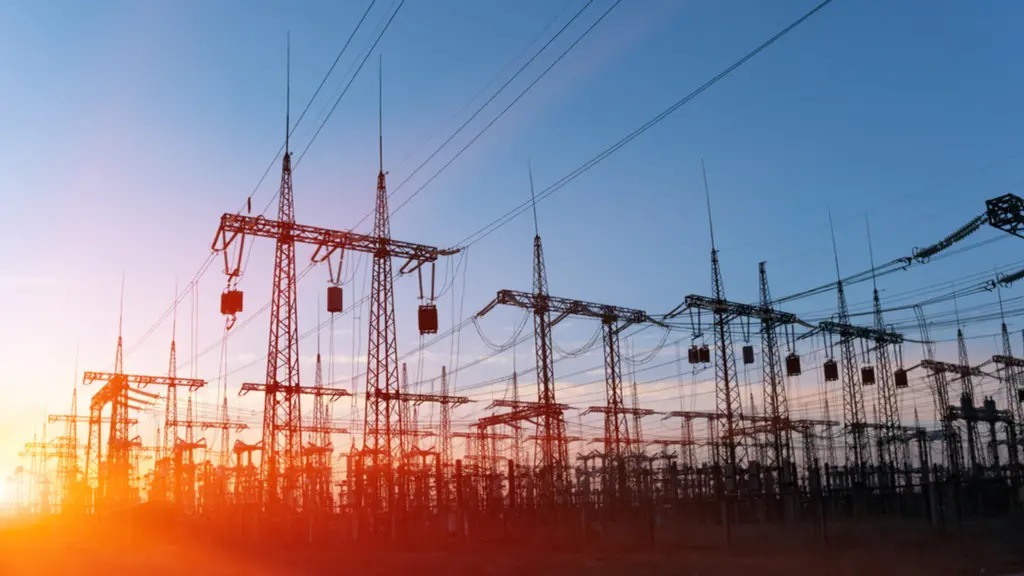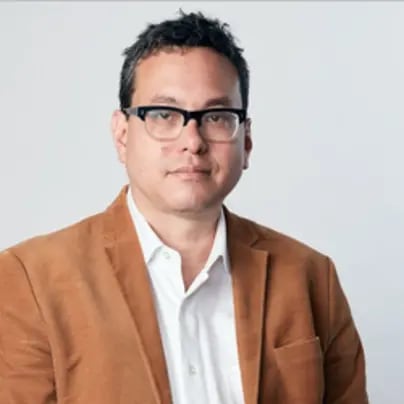Capturing the Sun in a box: Thermal battery inventor wins the 2021 Bell Labs Prize

The winner of the 2021 Nokia Bell Labs Prize is proposing a remarkable new use for carbon, the primary source of global greenhouse gas. Instead of burning carbon in the form of coal and other fossil fuels to produce energy, Asegun Henry wants to use carbon as the primary means of storing energy generated from renewable sources like solar. Such a technology could go a long way to shedding our reliance on fossil fuels and cutting CO2 emissions.
An Associate Professor at MIT and Director of the university’s Atomistic Simulation & Energy Research Group, Henry has invented a thermal battery made of a graphite, which is carbon in its crystallized form. This battery could store enormous amounts of energy in the form of intense heat. This would make it a cheap alternative to traditional electricity storage systems like lithium-ion batteries, Henry said.
“What makes it inexpensive is the nature of the way we're storing energy,” Henry said. “We're storing it in the form of heat and not electrochemically. What’s happening inside the thermal battery is a completely different phenomenon than in a lithium-ion battery. Instead of producing a chemical reaction, we’re literally using the kinetic energy of atoms – they’re being heated up and cooled down repeatedly.”
That means that thermal batteries can be created from inexpensive materials like graphite. While lithium-ion batteries need to be specially built from multiple materials, thermal batteries require only a single material to function. Henry’s battery works by using excess electricity on the power grid to heat up a graphite block to glowing white-hot levels (1900°-2400°C). When more electricity is needed on the grid, liquid-metal tin is pumped into the battery, transferring a portion of the stored heat to a power-conversion unit. There, the tin heats up graphite pipes causing them to emit light. That light is collected by photovoltaic cells, returning it to the power grid as electricity.
One of the more expensive aspects of the system is the insulation required to contain the intense heat stored in the graphite, Henry said. The thermal batteries must be enveloped in porous carbon insulation, but Henry also manages to mitigate heat loss by using very large graphite blocks. Minimizing surface area compared to volume makes for more efficient energy storage, but it also means you won’t see thermal batteries connected to your home solar panels or in your car. Henry said these batteries are intended for grid-scale use, providing gigawatts of centralized storage for entire cities.

Decarbonizing the power grid
Despite the cost of insulation, the total cost of the thermal battery system is still far cheaper than lithium-ion storage. While the lithium ion technology keeps improving, its costs to store electricity remain well over $100 per kilowatt-hour. Henry estimates his system can store electricity at a cost of $10 per kilowatt-hour. This would make thermal batteries an ideal complement to growing sources of renewable electricity entering our power grids.
The costs of producing solar power and other renewables have dropped significantly in the last few decades, making it a competitive energy source to fossil-based generation. The problem is the costs of generating solar power don’t factor in storage, which is absolutely essential to ensuring electricity is available when it is needed. The sun doesn’t always shine, and the wind isn’t always blowing, but electricity demand doesn’t follow nature’s schedule. Energy storage, Henry said, is the lynchpin to fully decarbonizing the grid.
“If we can proliferate this technology, we can reach a high penetration of renewables,” Henry said. “That would comprise 25% of emissions. With a decarbonized grid we can electrify transportation and charge electric vehicles from a clean grid, which could potentially abate another 15% of emissions. Altogether, this one energy storage technology can enable a 40% reduction in emissions, which is almost half the problem.”
And the winners are…
For his winning submission, Henry, won the Bell Labs Prize trophy and a check for $100,000. The Nokia Bell Labs Prize is an annual competition seeking innovative inventions and proposals that could solve the future problems facing humanity. As some of the most pressing issues facing the planet relate to climate change, many entrants have focused on sustainability technologies, which is in line with Nokia’s own strategy to build a more sustainable networking future. Submissions, however, can relate to any field of science or any industry, as was amply demonstrated by the second-and third-placing proposals.
Yale University Professor Amin Karbasi and Summary Analytics Chief Experience Officer Mehraveh Salehi won 2nd prize and $50,000 for their research at the intersection of combinational optimization and machine learning that de-complexifies the human brain. Their technology can summarize vast quantities of functional magnetic resonance imaging (fMRI) data, shedding new light on underlying neural processes to the point of reconstructing individual thoughts.
University of California at Riverside computer science professor Eamonn Keogh and FarmSense CTO Shailendra Singh won 3rd prize and $25,000 for their research into insect sensors that could provide the agriculture industry with the intelligence to control pest populations while minimizing costs, maintaining biodiversity and reducing carbon emissions.
Though anyone who owns their idea is eligible to enter the Nokia Bell Labs Prize, most entrants come from academia, showing the deep relationship Nokia Bell Labs has forged with global higher-learning institutions. Three of this year’s finalists – including the winner – hail from institutions that are Nokia Bell Labs Distinguished Academic Partners: MIT, Carnegie Mellon University and the University of Stuttgart. To view the presentations of each of this year’s six finalists, watch the video below:
The 2022 Nokia Bell Labs Prize will kick off next spring. Be sure to check out the Nokia Bell Labs Prize website for updates.
